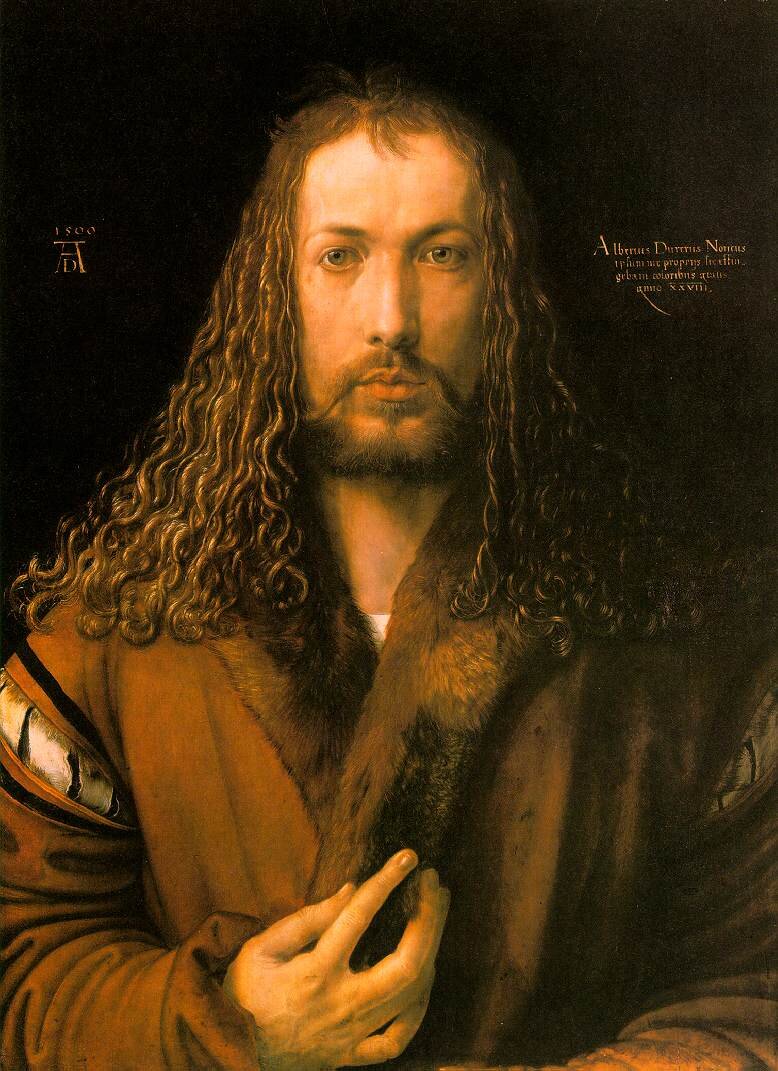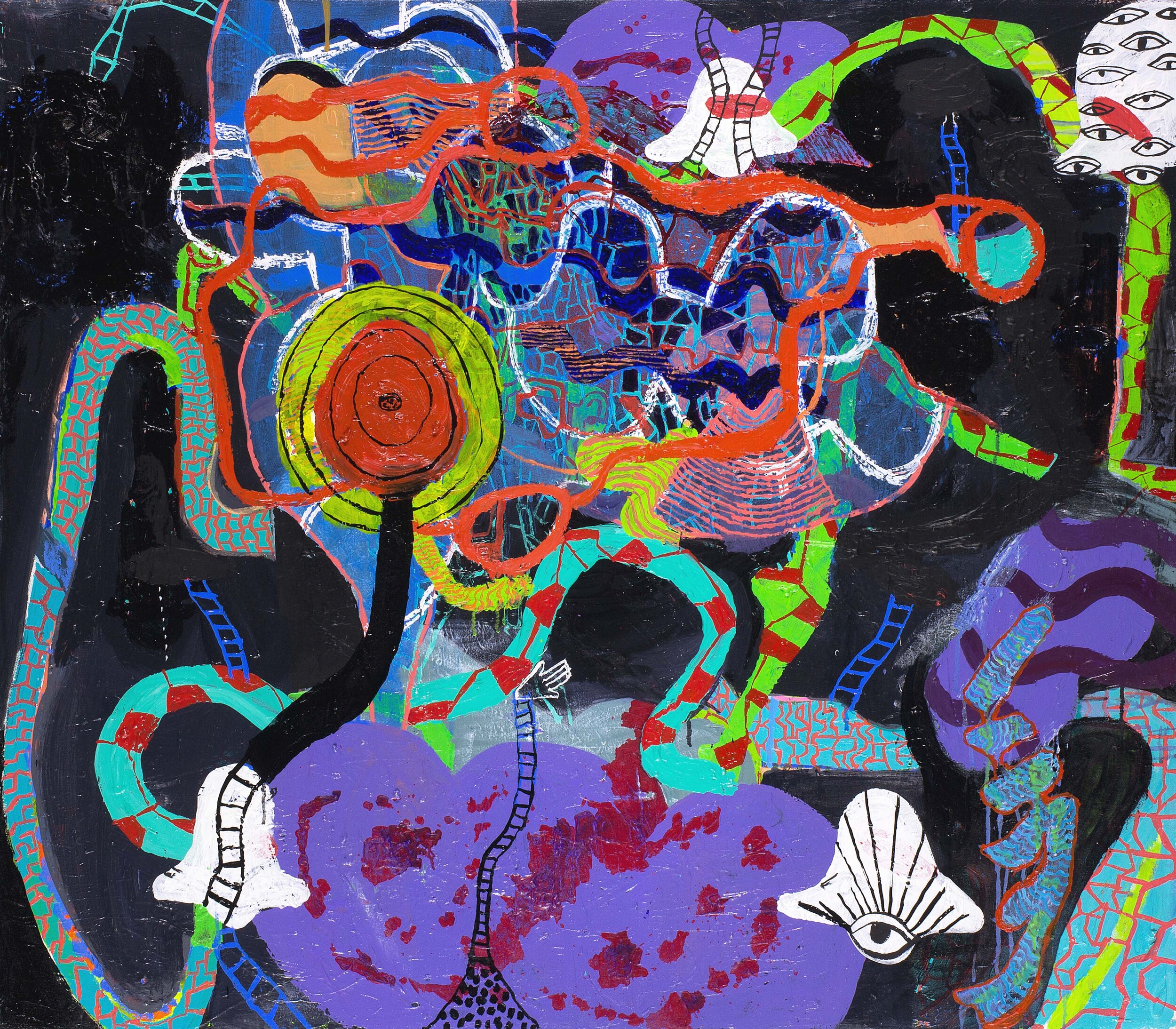Piet Mondrian, The Tree A, circa 1913
Tomorrow is Veterans Day, or Armistice Day, a day in which we remember the human souls behind world conflicts—those whom God created in love with bodies, hearts, and minds possibly broken or killed to bring resolution for the world. In turn we think of their families and friends and how wars said to have been won or dissipated long ago still show effects within our private realms.
Christians cannot think long of suffering and death apart from the cross of Jesus. In Roman-occupied ancient Palestine, the cross was a shameful way to die. The cross was reserved for criminals—those considered to be enemies of Rome. Crucifixion was death for losers, for those who did not have a chance to fight. Perhaps this has to do with why, when Pilate asked the crowd whether he should excuse Jesus or Barabbas from death, the crowd chose Barabbas—he was said to have murdered someone.
From a religious perspective, crucifixion at the hands of the enemy would appear as a death meant for someone from whom God had turned His face. Jesus, who always spoke that which gave utterance to the hearts of others, himself said what his disciples were surely thinking: “My God, my God, why have you forsaken me?”
Today at Canterbury Cathedral, in Morning Prayer preparing for Armistice Day, in the garden where the orangery was lost to a bomb, in meditating on the meaning of the cross Dean Robert said “There is no hope of security except in eternity.” I feel this truth acutely as I pray for people today, some of whom are sick, some of whom are dying, while trying to not choke on the conflict in the air.
The cross, as a symbol, has been thought to mean many things. Grace to bear conflict with others and to accept cross-purposes within our own lives is one of them. The cross is two lines in opposition to each other. Some imagine the horizontal line as representing what is earthly and the vertical line symbolizing the heavenly.
In this way, the cross of Jesus, and the purpose of God in allowing it to be inflicted upon His Son and humanity, is available to all of us as a symbol which we might hold, imagine with, and make something from. It can help us face the fears of the world and lay them against what we trust God for—a line on which we can ascend and transcend.
That line might be one of thanksgiving you write in your journal, of one of a drawing that rejoices in the simple gift of the ability to make it, or words of encouragement for a friend. The cross might be imagined to be bearing this line into being, and then giving it away.
Piet Mondrian, Composition in Line, 1916-17
Join me for an Advent retreat with art on Zoom beginning on December 2. Click HERE for details or to register. Peace.

















